Do you think Android smartphone makers need to do better with their public beta testing programs?
— PiunikaWeb (@PiunikaWeb) February 21, 2021
Vote below & read our opinion here: https://t.co/Psctep4cLG
New updates are being added to the bottom of the story…
Original story (from Feb 21, 2021) follows:
Google announced the update to Android 12, the latest version in a series of iterations that date back to 2008. Unlike Android 9 and others before it, there is no dessert name to look forward to this time.
The update to Android 10 was actually the first to do away with sweets and things look destined to stay this way for the foreseeable future.
As I pen this, only the Pixel 3 and newer Google phones have access to Android 12, the first developer preview. And like it happened last year and the year before, there should be more OEMs joining the party.

A few years back, only Google phones took part in Android developer previews. But gradually, things have been changing over time, with Android R/11 accommodating about a dozen non-Pixel devices.
Things were even better the year before with Android Q developer preview, where a total of 15 devices registered into the program, excluding the Google Pixels.
But as we all know, the developer preview software is limited to app developers who wish to test and optimize their apps in readiness for the new OS. For the rest of us, the wait is usually longer.

As you can see above, the stable Android 12 update will arrive somewhere in August/September. However, the rest of the Pixel community who are not app developers can start trying the new OS (public beta) in May.
For those with Xiaomi, Realme, Samsung, LG, Oppo, Motorola, Vivo, and other phones, well, it could be a year from now before the stable update to Android 12 arrives.
Case in point is the ongoing Android 11 rollout. The Pixels got it back in early September 2020, but only a handful of non-Pixel devices have bagged the new OS today. Not much will change with Android 12.
Still, there is something to smile about. Apart from expecting more vendors to join Android 12 developer preview program, one other thing on my radar is Android 12 public beta testing programs from various non-Google OEMs.
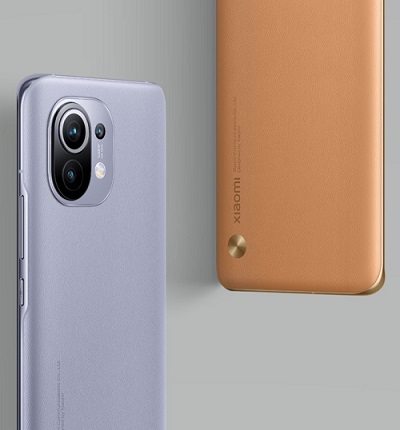
After developers prepare and optimize their Pixel apps for the new OS, Google will make the OS available to the public so that these apps and their features can be tried and tested in real world situations.
This way, when the actual stable update rolls out, Google will have collected enough feedback from users and hopefully implemented it to the latter to reduce any instances of bugs and related issues.
Well, over the recent past, a number of non-Google smartphone makers have been engaging in similar public beta testing programs to iron out any kinks from apps and features based on feedback from real world usage.
Sure, the likes of OnePlus (OxygenOS Open Beta) and Xiaomi (MIUI Weekly Beta) have had these public beta testing programs for quite some time now, but more vendors are now publicly beta testing OS builds these days.
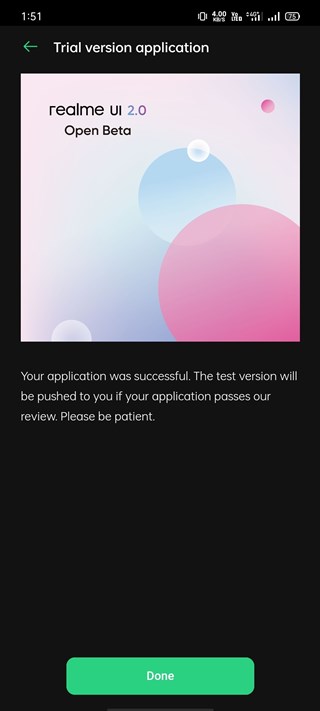
The most notable name is Samsung. Having dominated the smartphone industry for years, one would expect Samsung to lead the way in such initiatives, but nope!
It’s only until the release of Android Oreo that Samsung got serious with the public beta testing program. And even so, the program was only limited to two devices – the Galaxy S8 and S8+.
The year after saw the Galaxy Note 9 join the Galaxy S9 and S9+, with the Galaxy S8, S8+ and Note 8 joining the party at a later time.
And with the One UI 2.0 and One UI 3.0 beta programs, we’ve seen a surge in the number of devices participating in publicly beta testing Samsung’s Android OS updates.
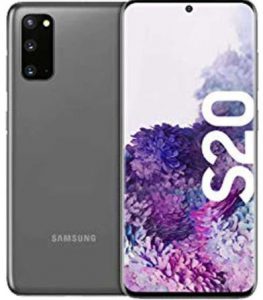
As a result, the devices that took part in the latter testing program have already bagged the stable OS, leaving out those that didn’t. Samsung still has a long to way to level up the field, just like Google and Apple for that matter.
Google and Apple push their developer and public beta updates to all eligible devices on the same day. This is something Samsung hasn’t nailed even after several attempts, but there is some notable improvement.
The One UI 3.0 beta program was first limited to the Galaxy S20, S20+ and S20 Ultra before making way to the Note 20 family. The program then expanded to the Galaxy S10, Note 10 and a few Galaxy A and M devices.
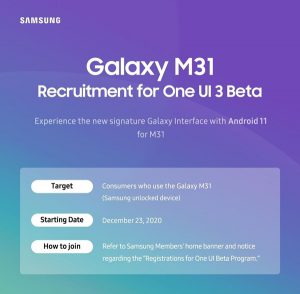
In an ideal world, Samsung should have released the One UI 3.0 beta update to all of these devices on the same day. Unfortunately, this is the case even as more Android vendors continue offering public beta testing programs.
The likes of Realme and its parent company, Oppo, have been actively pushing public beta updates to their devices. We’ve also seen Vivo rolling out greyscale builds to eligible devices.
Xiaomi and OnePlus haven’t stopped offering users with early access to new Android builds via public beta programs. But still, the story is similar to Samsung, where devices get access to the new OS at different intervals.
This means that some users have to wait for months before receiving the same software update that users of other devices from the same company are almost getting tired of.
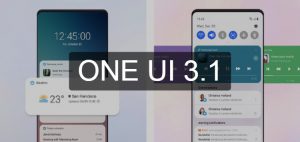
For instance, Galaxy S20, Note 20 and even S10 users are now tired of One UI 3.0 and want some of what the One UI 3.1 update brings, yet so many other Samsung devices are still on One UI 2.5.
The likes of Motorola and LG also have related beta testing programs, but they are as limited as they come. For instance, LG keeps its unfinished business in Korea while Motorola prefers to focus on the Brazilian market.
Given that these are established global brands, it makes little sense that such programs are only limited to certain markets. I want to believe that Android smartphone makers will be looking to improve on this.
Rather than just provide users with beta software to try publicly, they need to ensure that all eligible devices get the update on the very same day, not necessarily in tandem with Google Pixels.
This indeed looks like a long road ahead for Android vendors, but the growing number of devices in such programs, however, offers some encouragement going forward.
That said, do you think Android smartphone makers need to do better with their public beta testing programs? Let us know in your comments and Twitter poll below.
Update 1 (Feb. 28)
The poll results are out. While over 88.2% did agree that Android phone makers need to do better in terms of public beta testing programs, 2.9% disagreed. About 8.8% said they don’t really care. Just in case you missed the poll, feel free to share your observation in the comments section below.
PiunikaWeb started as purely an investigative tech journalism website with main focus on ‘breaking’ or ‘exclusive’ news. In no time, our stories got picked up by the likes of Forbes, Foxnews, Gizmodo, TechCrunch, Engadget, The Verge, Macrumors, and many others. Want to know more about us? Head here.

![[Poll results out] More Android OEMs may be publicly beta testing OS builds these days, but there's still a long road ahead [Poll results out] More Android OEMs may be publicly beta testing OS builds these days, but there's still a long road ahead](https://piunikaweb.com/wp-content/uploads/2021/02/Android-Beta-testing.jpg)

